先看一下改造后的样子,输入的密码不会再以明文展示。

下面我主要把前后端改造的代码贴出来。
1.后端代码
RsaUtils类
在com.ruoyi.common.utils包下新建RsaUtils类,RsaUtils添加了@Component注解 generateKeyPair()构建密钥对添加了@Bean注解 在项目启动时通过@Bean的方式将普通类事例化到spring容器中 所以在系统启动后 每次调用接口会是一样的公私秘钥 每次重启后公私钥不同
import org.apache.commons.codec.binary.Base64;
import org.slf4j.Logger;
import org.slf4j.LoggerFactory;
import org.springframework.context.annotation.Bean;
import org.springframework.stereotype.Component;
import javax.crypto.Cipher;
import java.security.*;
import java.security.interfaces.RSAPrivateKey;
import java.security.interfaces.RSAPublicKey;
import java.security.spec.PKCS8EncodedKeySpec;
import java.security.spec.X509EncodedKeySpec;
@Component
public class RsaUtils {
// Rsa 私钥 也可固定秘钥对 若依原写法(不安全)
public static String privateKeys = "";
private static String publicKeyStr = "";
private static String privateKeyStr = "";
private static final RsaKeyPair rsaKeyPair = new RsaKeyPair();
private static final Logger logger = LoggerFactory.getLogger(RsaUtils.class);
/**
* 私钥解密
*
* @param text 待解密的文本
* @return 解密后的文本
*/
public static String decryptByPrivateKey(String text) throws Exception {
// logger.info(rsaKeyPair.getPrivateKey());
return decryptByPrivateKey(rsaKeyPair.getPrivateKey(), text);
}
/**
* 公钥解密
*
* @param publicKeyString 公钥
* @param text 待解密的信息
* @return 解密后的文本
*/
public static String decryptByPublicKey(String publicKeyString, String text) throws Exception {
X509EncodedKeySpec x509EncodedKeySpec = new X509EncodedKeySpec(Base64.decodeBase64(publicKeyString));
KeyFactory keyFactory = KeyFactory.getInstance("RSA");
PublicKey publicKey = keyFactory.generatePublic(x509EncodedKeySpec);
Cipher cipher = Cipher.getInstance("RSA");
cipher.init(Cipher.DECRYPT_MODE, publicKey);
byte[] result = cipher.doFinal(Base64.decodeBase64(text));
return new String(result);
}
/**
* 私钥加密
*
* @param privateKeyString 私钥
* @param text 待加密的信息
* @return 加密后的文本
*/
public static String encryptByPrivateKey(String privateKeyString, String text) throws Exception {
PKCS8EncodedKeySpec pkcs8EncodedKeySpec = new PKCS8EncodedKeySpec(Base64.decodeBase64(privateKeyString));
KeyFactory keyFactory = KeyFactory.getInstance("RSA");
PrivateKey privateKey = keyFactory.generatePrivate(pkcs8EncodedKeySpec);
Cipher cipher = Cipher.getInstance("RSA");
cipher.init(Cipher.ENCRYPT_MODE, privateKey);
byte[] result = cipher.doFinal(text.getBytes());
return Base64.encodeBase64String(result);
}
/**
* 私钥解密
*
* @param privateKeyString 私钥
* @param text 待解密的文本
* @return 解密后的文本
*/
public static String decryptByPrivateKey(String privateKeyString, String text) throws Exception {
PKCS8EncodedKeySpec pkcs8EncodedKeySpec5 = new PKCS8EncodedKeySpec(Base64.decodeBase64(privateKeyString));
KeyFactory keyFactory = KeyFactory.getInstance("RSA");
PrivateKey privateKey = keyFactory.generatePrivate(pkcs8EncodedKeySpec5);
Cipher cipher = Cipher.getInstance("RSA");
cipher.init(Cipher.DECRYPT_MODE, privateKey);
byte[] result = cipher.doFinal(Base64.decodeBase64(text));
return new String(result);
}
/**
* 公钥加密
*
* @param publicKeyString 公钥
* @param text 待加密的文本
* @return 加密后的文本
*/
public static String encryptByPublicKey(String publicKeyString, String text) throws Exception {
X509EncodedKeySpec x509EncodedKeySpec2 = new X509EncodedKeySpec(Base64.decodeBase64(publicKeyString));
KeyFactory keyFactory = KeyFactory.getInstance("RSA");
PublicKey publicKey = keyFactory.generatePublic(x509EncodedKeySpec2);
Cipher cipher = Cipher.getInstance("RSA");
cipher.init(Cipher.ENCRYPT_MODE, publicKey);
byte[] result = cipher.doFinal(text.getBytes());
return Base64.encodeBase64String(result);
}
/**
* 构建RSA密钥对
*
* @return 生成后的公私钥信息
*/
@Bean
public void generateKeyPair() throws NoSuchAlgorithmException, NoSuchProviderException {
KeyPairGenerator keyPairGenerator = KeyPairGenerator.getInstance("RSA");
keyPairGenerator.initialize(1024);
KeyPair keyPair = keyPairGenerator.generateKeyPair();
RSAPublicKey rsaPublicKey = (RSAPublicKey) keyPair.getPublic();
RSAPrivateKey rsaPrivateKey = (RSAPrivateKey) keyPair.getPrivate();
String publicKeyString = Base64.encodeBase64String(rsaPublicKey.getEncoded());
String privateKeyString = Base64.encodeBase64String(rsaPrivateKey.getEncoded());
rsaKeyPair.setPrivateKey(privateKeyString);
rsaKeyPair.setPublicKey(publicKeyString);
publicKeyStr = publicKeyString;
privateKeyStr = privateKeyString;
}
public static String getPublicKey() {
return publicKeyStr;
}
public static String getPrivateKey() {
return privateKeyStr;
}
public static RsaKeyPair rsaKeyPair() {
return rsaKeyPair;
}
/**
* RSA密钥对对象
*/
public static class RsaKeyPair {
private String publicKey;
private String privateKey;
public void setPublicKey(String publicKey) {
this.publicKey = publicKey;
}
public void setPrivateKey(String privateKey) {
this.privateKey = privateKey;
}
public RsaKeyPair() {
}
public RsaKeyPair(String publicKey, String privateKey) {
this.publicKey = publicKey;
this.privateKey = privateKey;
}
public String getPublicKey() {
return publicKey;
}
public String getPrivateKey() {
return privateKey;
}
}
}
在SysLoginController添加获取公钥接口
/**
* 获取公钥 前端用来密码加密
*
* @return
*/
@GetMapping("/publicKey")
public RsaUtils.RsaKeyPair publicKey() {
return RsaUtils.rsaKeyPair();
}修改SysLoginService类中的login方法
/**
* 登录验证
*
* @param username 用户名
* @param password 密码
* @param code 验证码
* @param uuid 唯一标识
* @return 结果
*/
public String login(String username, String password, String code, String uuid)
{
// 验证码校验
validateCaptcha(username, code, uuid);
// 登录前置校验
loginPreCheck(username, password);
// 用户验证
Authentication authentication = null;
try
{
//RsaUtils.decryptByPrivateKey(password)解密密码
UsernamePasswordAuthenticationToken authenticationToken = new UsernamePasswordAuthenticationToken(username, RsaUtils.decryptByPrivateKey(password));
AuthenticationContextHolder.setContext(authenticationToken);
// 该方法会去调用UserDetailsServiceImpl.loadUserByUsername
authentication = authenticationManager.authenticate(authenticationToken);
}
catch (Exception e)
{
if (e instanceof BadCredentialsException)
{
AsyncManager.me().execute(AsyncFactory.recordLogininfor(username, Constants.LOGIN_FAIL, MessageUtils.message("user.password.not.match")));
throw new UserPasswordNotMatchException();
}
else
{
AsyncManager.me().execute(AsyncFactory.recordLogininfor(username, Constants.LOGIN_FAIL, e.getMessage()));
throw new ServiceException(e.getMessage());
}
}
finally
{
AuthenticationContextHolder.clearContext();
}
AsyncManager.me().execute(AsyncFactory.recordLogininfor(username, Constants.LOGIN_SUCCESS, MessageUtils.message("user.login.success")));
LoginUser loginUser = (LoginUser) authentication.getPrincipal();
recordLoginInfo(loginUser.getUserId());
// 生成token
return tokenService.createToken(loginUser);
}修改重置密码
/**
* 重置密码
*/
@Log(title = "个人信息", businessType = BusinessType.UPDATE)
@PutMapping("/updatePwd")
public AjaxResult updatePwd(String oldPassword, String newPassword) throws Exception {
LoginUser loginUser = tokenService.getLoginUser(ServletUtils.getRequest());
String userName = loginUser.getUsername();
//加密后的
String password = loginUser.getPassword();
//解密
oldPassword = RsaUtils.decryptByPrivateKey(oldPassword);
newPassword = RsaUtils.decryptByPrivateKey(newPassword);
//拿原密码和加密后的解密
if (!SecurityUtils.matchesPassword(oldPassword, password)) {
return AjaxResult.error("修改密码失败,旧密码错误");
}
if (SecurityUtils.matchesPassword(newPassword, password)) {
return AjaxResult.error("新密码不能与旧密码相同");
}
if (userService.resetUserPwd(userName, SecurityUtils.encryptPassword(newPassword)) > 0) {
// 更新缓存用户密码
loginUser.getUser().setPassword(SecurityUtils.encryptPassword(newPassword));
tokenService.setLoginUser(loginUser);
return AjaxResult.success();
}
return AjaxResult.error("修改密码异常,请联系管理员");
}在SecurityConfig中添加获取公钥接口

因为密码校验时会校验长度,加密后的密码会超出框架内原来设定的长度,修改UserConstants类中的PASSWORD_MAX_LENGTH
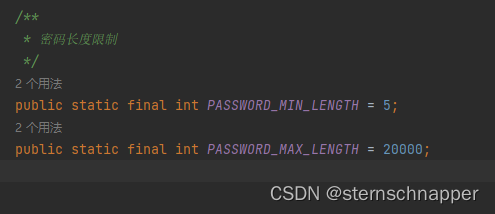
2.前端代码变动
jsencrypt.js
import JSEncrypt from 'jsencrypt/bin/jsencrypt.min'
// 密钥对生成 http://web.chacuo.net/netrsakeypair
//const publicKey = ''
//const privateKey = ''
// 加密
export function encrypt(txt, publicKey) {
const encryptor = new JSEncrypt()
encryptor.setPublicKey(publicKey) // 设置公钥
return encryptor.encrypt(txt) // 对数据
}
// 解密(暂无使用)
export function decrypt(txt) {
const encryptor = new JSEncrypt()
encryptor.setPrivateKey(privateKey) // 设置私钥
return encryptor.decrypt(txt) // 对数据进行解密
}
login.js添加获取公钥路由
// 获取key
export function getPublicKey() {
return request({
url: '/publicKey',
method: 'get',
})
}user.js修改登入方法,方便copy我直接全放进来了
import { login, logout, getInfo,getPublicKey } from '@/api/login'
import { getToken, setToken, removeToken } from '@/utils/auth'
import { encrypt, decrypt } from '@/utils/jsencrypt'
const user = {
state: {
token: getToken(),
id: '',
name: '',
avatar: '',
roles: [],
permissions: []
},
mutations: {
SET_TOKEN: (state, token) => {
state.token = token
},
SET_ID: (state, id) => {
state.id = id
},
SET_NAME: (state, name) => {
state.name = name
},
SET_AVATAR: (state, avatar) => {
state.avatar = avatar
},
SET_ROLES: (state, roles) => {
state.roles = roles
},
SET_PERMISSIONS: (state, permissions) => {
state.permissions = permissions
}
},
actions: {
getPublicKey() {
return new Promise((resolve, reject) => {
getPublicKey()
.then(res => {
resolve(res)
})
.catch(error => {
reject(error)
})
})
},
// 登录
Login({ commit, dispatch }, userInfo) {
return new Promise((resolve, reject) => {
dispatch('getPublicKey').then(res => {
let publicKey = res.publicKey
const username = userInfo.username.trim()
//调用加密方法(传密码和公钥)
const password = encrypt(userInfo.password, publicKey)
const code = userInfo.code
const uuid = userInfo.uuid
login(username, password, code, uuid)
.then(res => {
setToken(res.token)
commit('SET_TOKEN', res.token)
resolve()
})
.catch(error => {
reject(error)
})
})
})
},
// 获取用户信息
GetInfo({ commit, state }) {
return new Promise((resolve, reject) => {
getInfo().then(res => {
const user = res.user
const avatar = (user.avatar == "" || user.avatar == null) ? require("@/assets/images/profile.jpg") : process.env.VUE_APP_BASE_API + user.avatar;
if (res.roles && res.roles.length > 0) { // 验证返回的roles是否是一个非空数组
commit('SET_ROLES', res.roles)
commit('SET_PERMISSIONS', res.permissions)
} else {
commit('SET_ROLES', ['ROLE_DEFAULT'])
}
commit('SET_ID', user.userId)
commit('SET_NAME', user.userName)
commit('SET_AVATAR', avatar)
resolve(res)
}).catch(error => {
reject(error)
})
})
},
// 退出系统
LogOut({ commit, state }) {
return new Promise((resolve, reject) => {
logout(state.token).then(() => {
commit('SET_TOKEN', '')
commit('SET_ROLES', [])
commit('SET_PERMISSIONS', [])
removeToken()
resolve()
}).catch(error => {
reject(error)
})
})
},
// 前端 登出
FedLogOut({ commit }) {
return new Promise(resolve => {
commit('SET_TOKEN', '')
removeToken()
resolve()
})
}
}
}
export default user
resetPwd.vue
methods: {
getPublicKey() {
return new Promise((resolve, reject) => {
getPublicKey()
.then(res => {
resolve(res)
})
.catch(error => {
reject(error)
})
})
},
submit() {
this.$refs["form"].validate(valid => {
if (valid) {
this.getPublicKey().then(res=>{
let publicKey = res.publicKey
console.log("res.publicKey",res.publicKey)
const oldPassword = encrypt(this.user.oldPassword, publicKey)
const newPassword = encrypt(this.user.newPassword, publicKey)
updateUserPwd(oldPassword, newPassword).then(
response => {
this.msgSuccess("修改成功");
}
);
})
}
});
},
close() {
this.$store.dispatch("tagsView/delView", this.$route);
this.$router.push({ path: "/index" });
}
}这样就完成改造了。

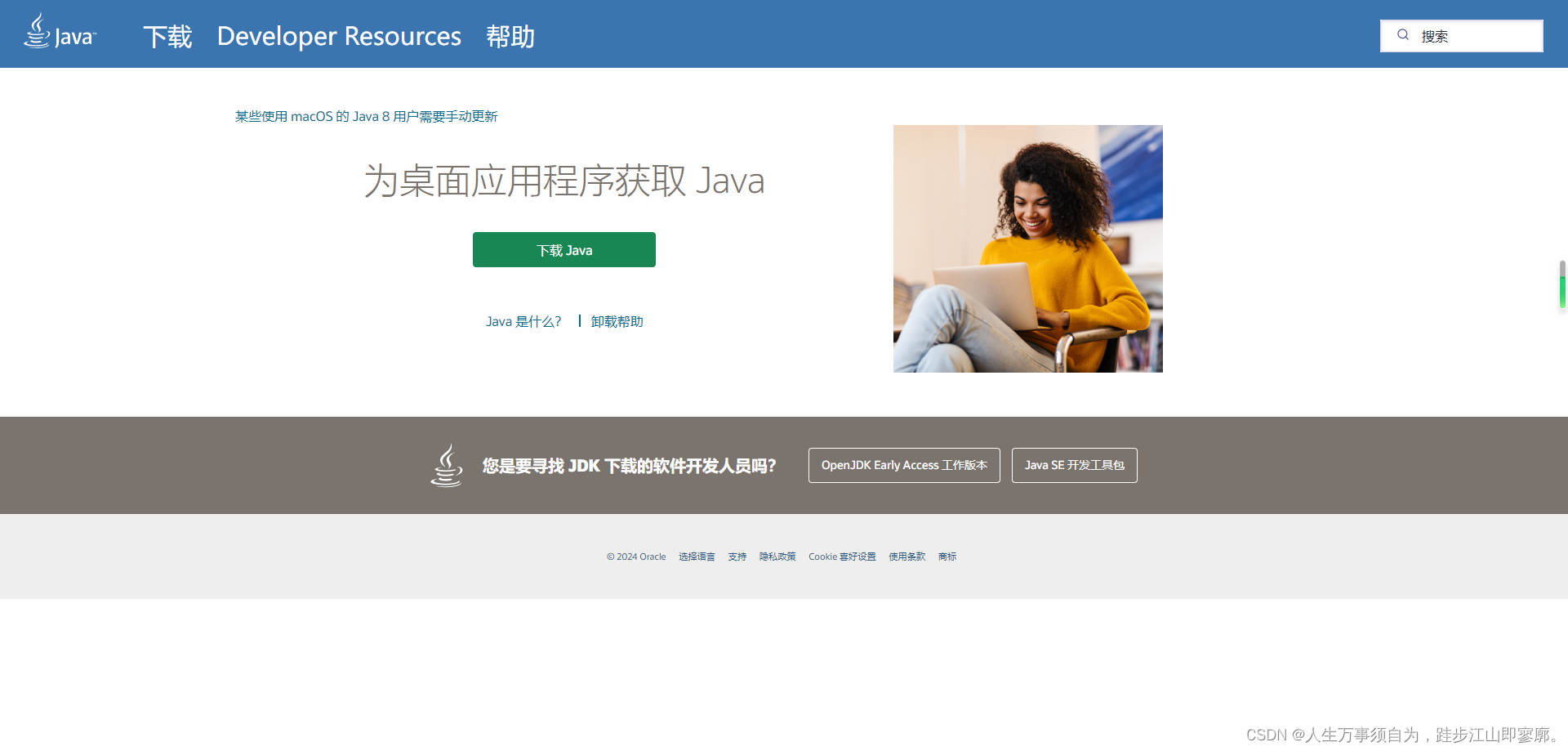
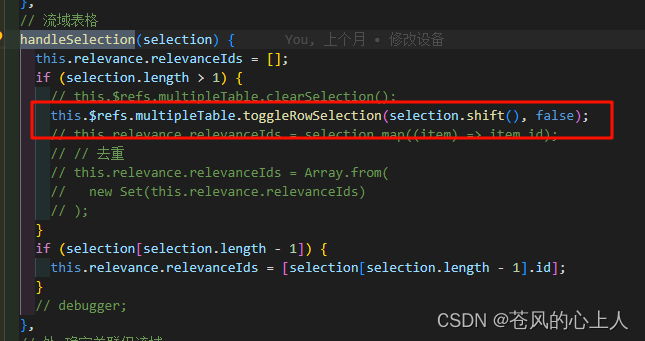

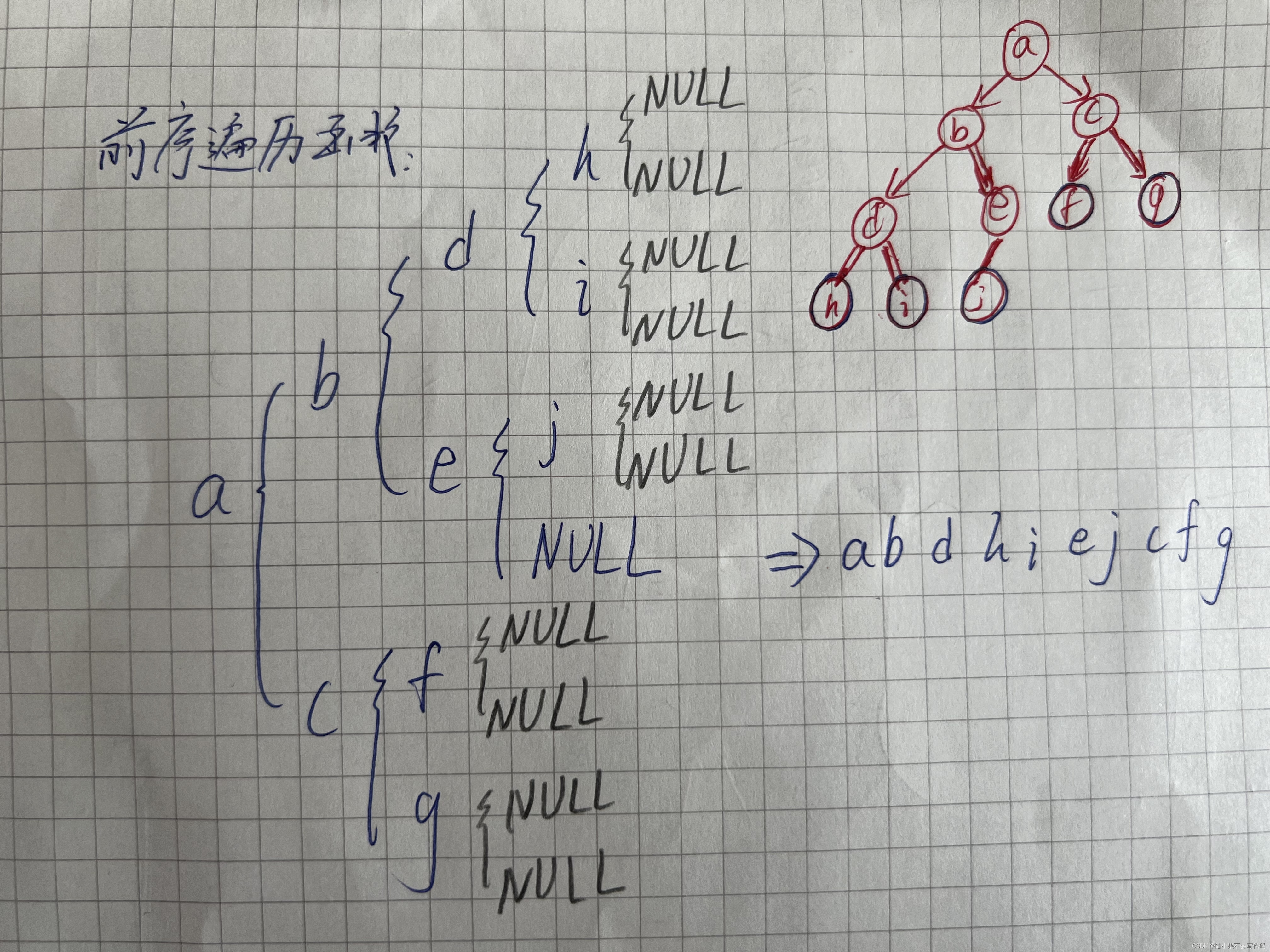






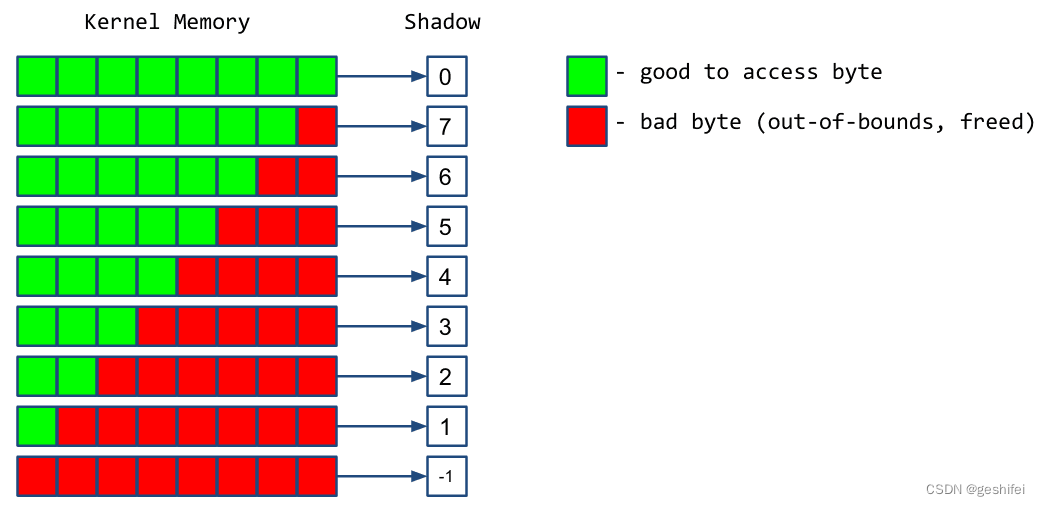
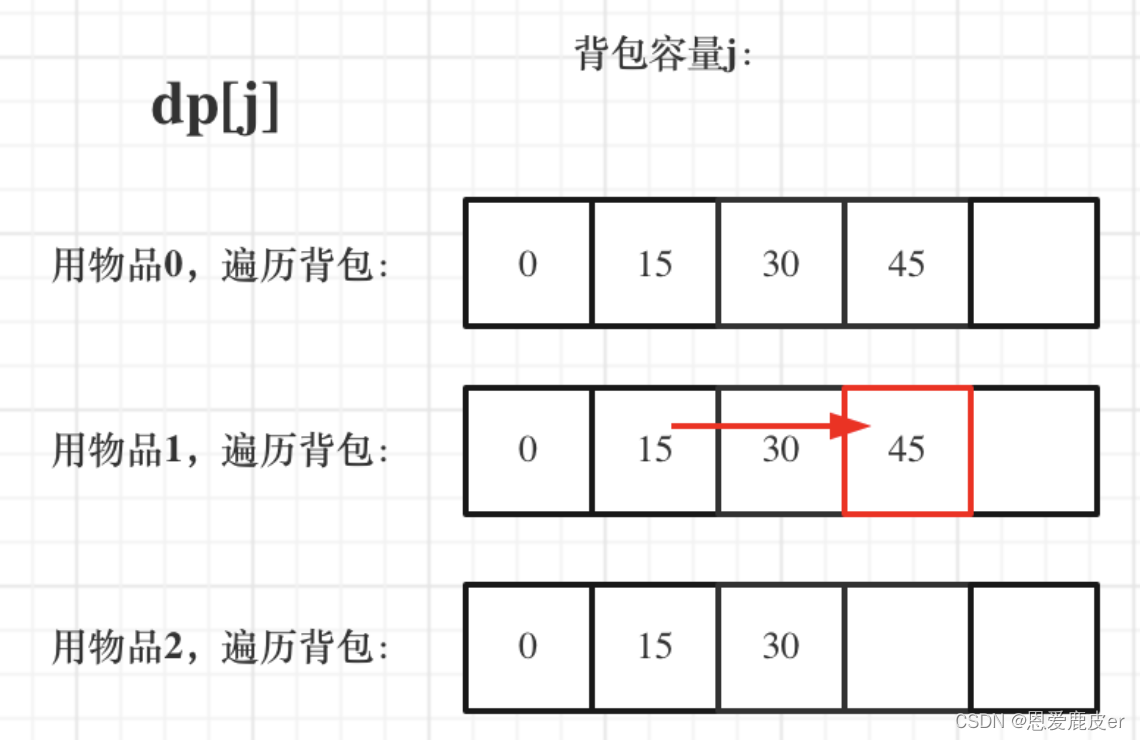

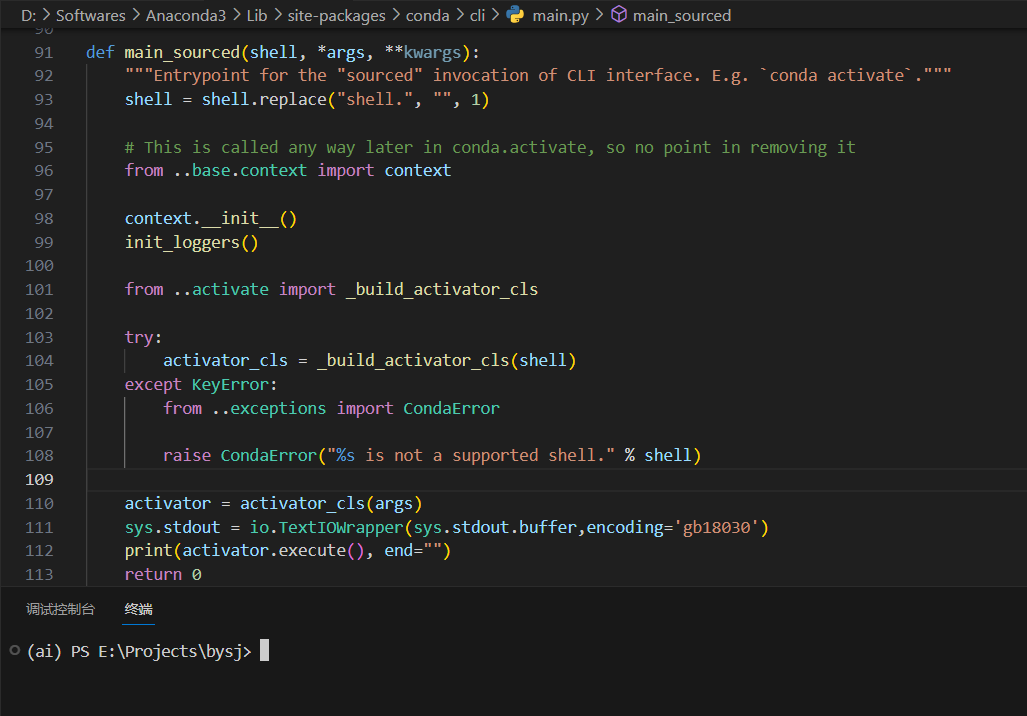
![P9889 [ICPC2018 Qingdao R] Plants vs. Zombies 题解 二分+贪心](https://img-blog.csdnimg.cn/img_convert/2117b7aae54e26c54f894706f143744b.png)


